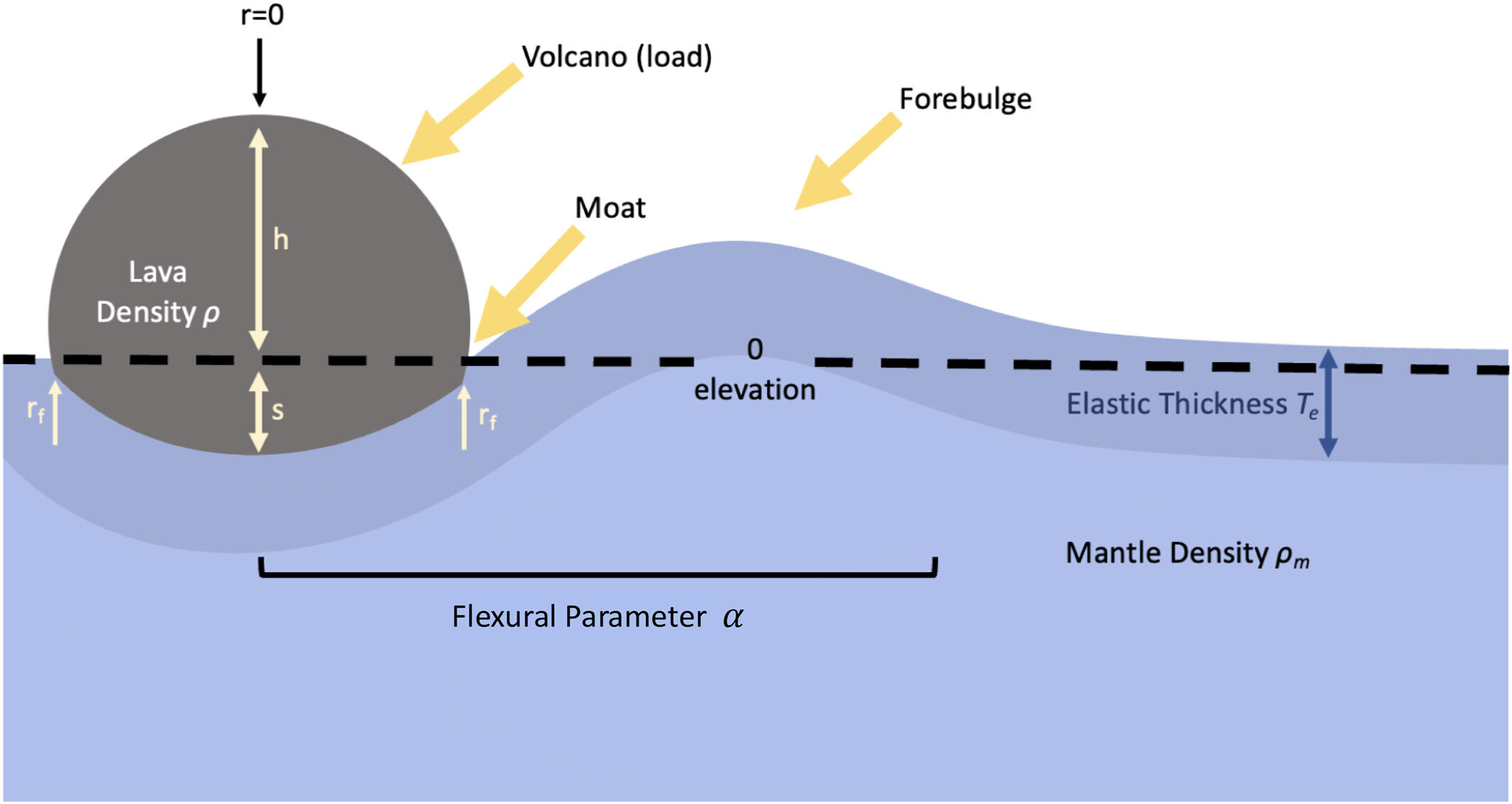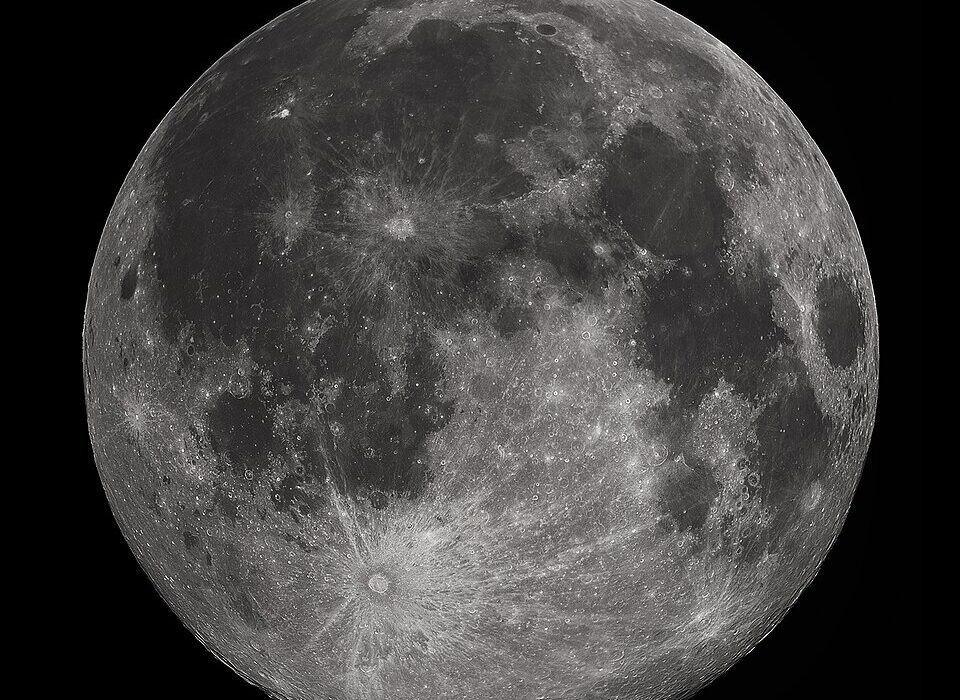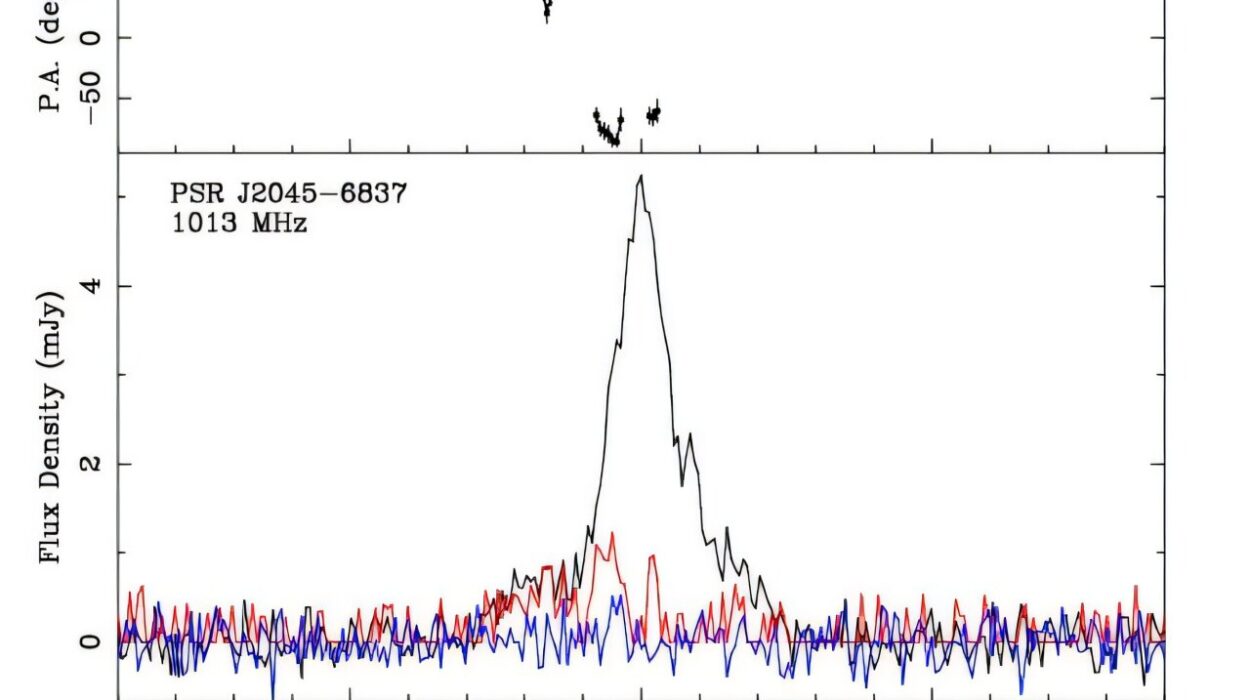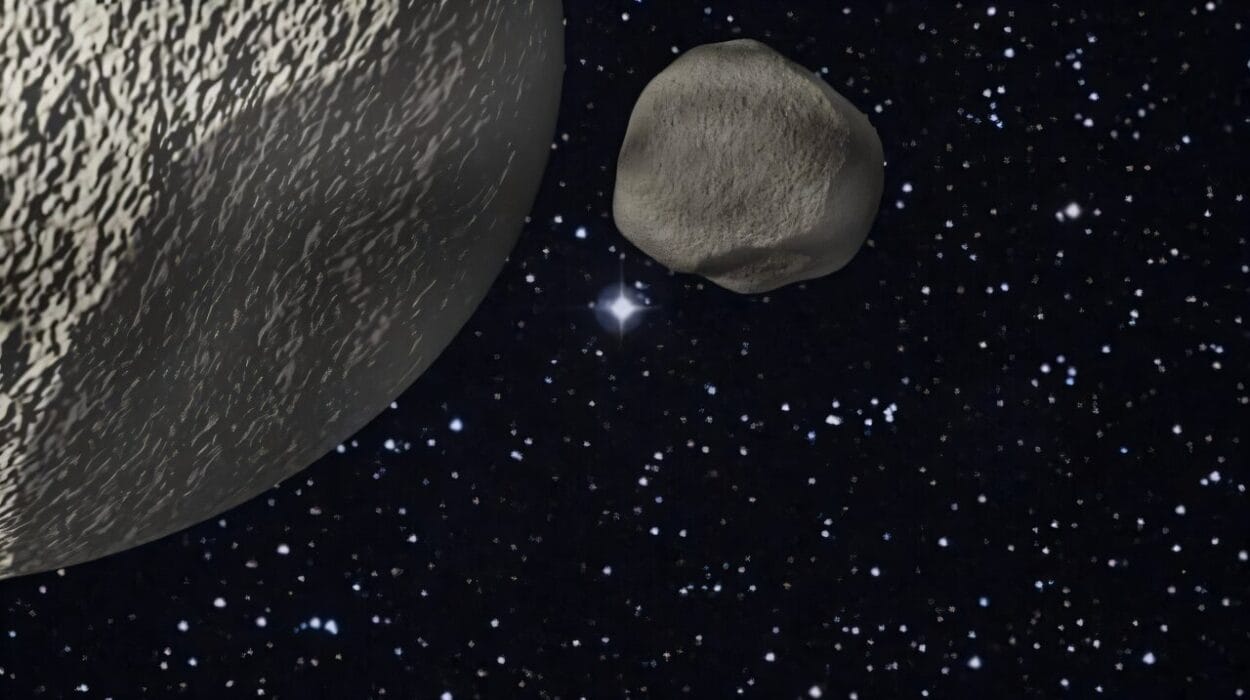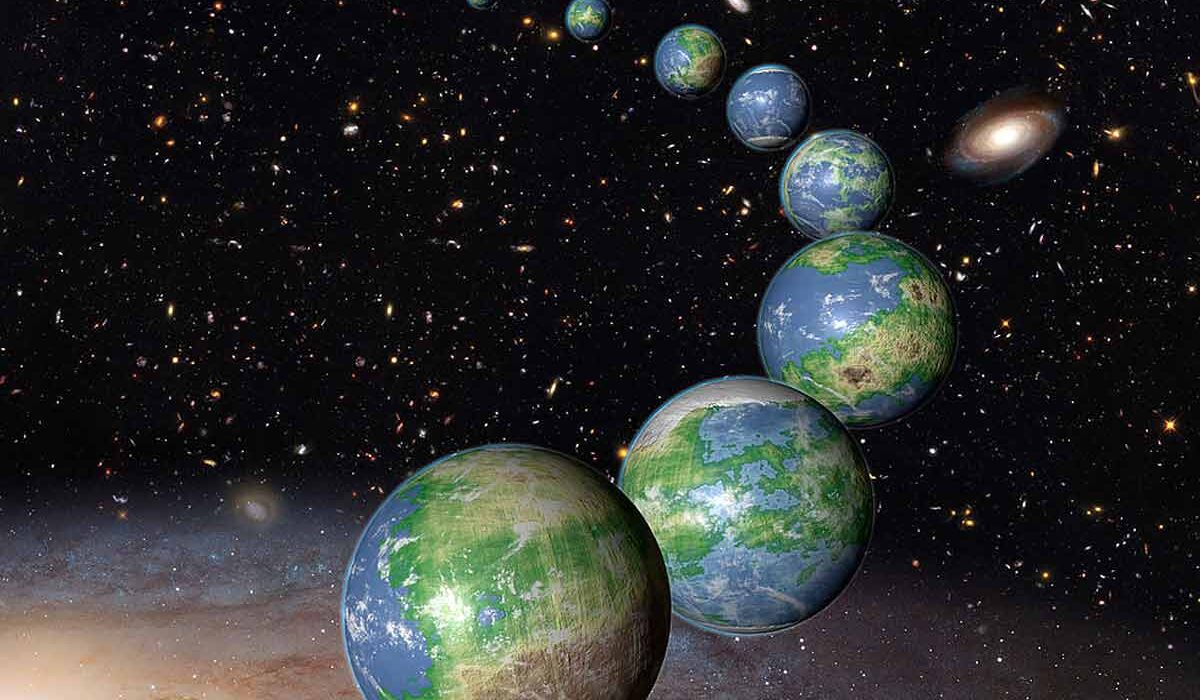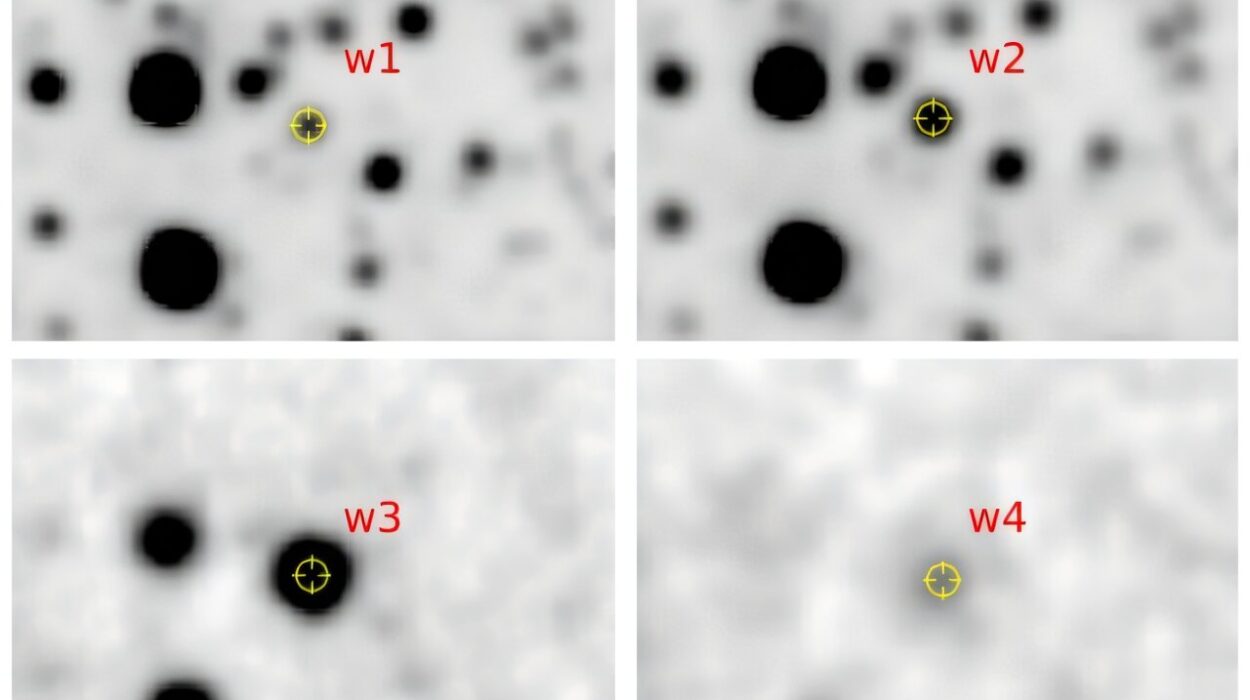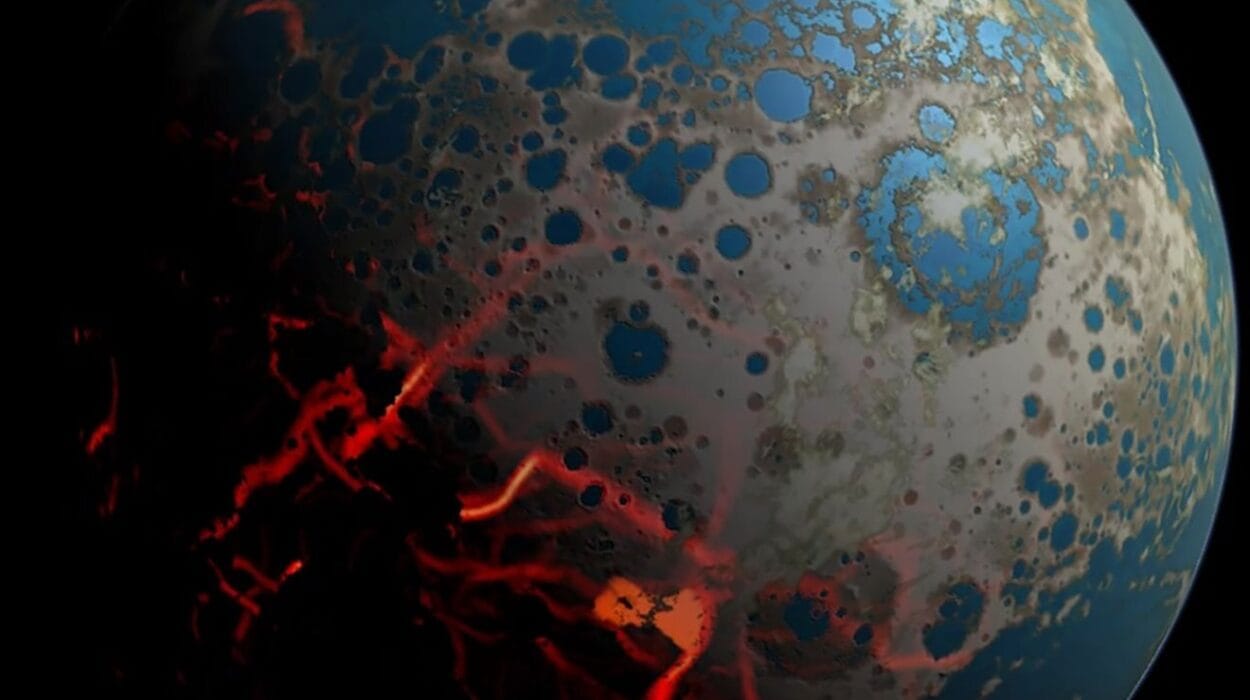Deep in our solar system, cloaked in a thick, toxic atmosphere and scorched by temperatures hot enough to melt lead, Venus spins quietly, almost defiantly. Often called Earth’s “sister planet” because of its similar size and composition, Venus is, in truth, more like Earth’s estranged twin—sharing the same ancestry but growing up under vastly different conditions. And perhaps nothing better illustrates this divergence than the bizarre volcanic formations peppered across its surface: massive, flat, pancake-shaped domes that defy what we know of volcanoes on Earth.
For decades, these geological oddities have baffled planetary scientists. Why are these volcanoes so wide and squat? What causes their perfectly rounded, crepe-like form? Why don’t we see anything like them on Earth, Mars, or the Moon?
Now, a groundbreaking study conducted by a trio of planetary scientists—M. E. Borrelli from Georgia Institute of Technology, C. Michaut from Université de Lyon, and J. G. O’Rourke from Arizona State University—sheds fascinating new light on these Venusian pancakes. By using radar data from NASA’s Magellan mission and combining it with sophisticated geological modeling, the researchers have not only simulated the formation of these enigmatic domes but also uncovered a likely explanation that may rewrite our understanding of volcanic activity on alien worlds.
Peering Beneath the Clouds of Venus
To understand why this research is so compelling, it helps to recall just how little we truly know about Venus. Unlike Mars or our Moon, which have been imaged in high resolution by rovers and orbiters alike, Venus has kept its secrets hidden under a blanket of thick sulfuric acid clouds. Surface temperatures average around 465°C (869°F), and atmospheric pressures are crushing—over 90 times that of Earth at sea level. This hostile environment makes direct observation almost impossible.
Enter NASA’s Magellan spacecraft, which orbited Venus from 1990 to 1994. Magellan didn’t take pictures in the traditional sense; instead, it used radar to “see” through the clouds, producing a global map of Venus’s surface with incredible detail. One of the formations it captured was Narina Tholus, a gigantic volcanic dome about 55 kilometers (34 miles) wide—almost the size of a small U.S. state.
This dome, like many others on Venus, has a strange and distinctive shape: flat on top, with steep, sharp edges that plunge downward like the sides of a giant, geological pancake. These “pancake domes,” as scientists have come to call them, are uniquely Venusian. But their formation has remained a mystery—until now.
A Simulation Born from Lava and Lithosphere
Borrelli, Michaut, and O’Rourke approached the mystery with a novel technique: rather than theorize based on Earth analogs or speculate about Venusian geology, they decided to simulate the birth of one of these domes from the inside out.
Their process began with Magellan’s high-resolution radar data, focusing specifically on Narina Tholus. They combined this data with estimates of Venus’s crustal materials, which include basaltic rock and other volcanic substances believed to exist beneath the planet’s surface.
Then came the magic: using computer modeling, they simulated the eruption of lava from beneath the surface and tracked how it spread and solidified over time. They experimented with various factors: the temperature and viscosity (thickness) of the lava, the pressure beneath the surface, the duration of the eruption, and the stiffness—or lack thereof—of Venus’s lithosphere, which is the outer shell of its crust.
What they found was revelatory. For a volcanic dome to grow into the broad, flat shape seen on Venus, two specific conditions needed to be met: the lava had to be very dense, and the lithosphere had to be elastic—not brittle or rigid, but capable of bending and flexing over time.
Thick Lava and a Stretchy Crust: The Recipe for a Pancake Volcano
Dense lava might seem unusual, especially if you think of lava as a fluid, glowing river—molten and mobile. But not all lava is created equal. On Earth, the lava that flows from Hawaiian volcanoes, for instance, is thin and fast-moving, which helps it spread widely. But Venus, the model suggests, erupts a thicker, heavier type of lava—akin to hot tar. Its density and viscosity slow its spread, causing it to pool and pile up rather than flow freely.
Meanwhile, Venus’s crust—or lithosphere—is not as rigid as Earth’s. Due to the planet’s high surface temperatures and unique geological evolution, its crust is elastically flexible. It doesn’t crack under pressure; it bends. This flexibility allows for a gradual, steady buildup of material over a long period.
In the simulation, this dynamic duo—dense lava and an elastic crust—worked together to build the perfect pancake. As lava seeped up from below, gravity began to flatten it, creating the dome’s signature wide, flat top. But the crust beneath didn’t break. Instead, it bulged slightly, forming a kind of natural boundary that kept the lava contained and allowed it to build vertically. The result? A steep-sided, flat-topped volcanic structure like no other in the solar system.
A Window Into Venus’s Volcanic Heart
The implications of these findings go far beyond the formation of a few domes. They suggest that Venus may have an entirely different style of volcanism than Earth—a slow, oozing process shaped by unique physical conditions rather than explosive eruptions or lava rivers.
Moreover, these results hint at a planet that may still be geologically active. If such domes can form slowly over time, that implies Venus’s interior is still hot and dynamic, capable of producing new volcanic formations even today. That would make Venus not just a relic of planetary evolution but an active player—one that could help us understand the volcanic histories of other rocky worlds, including our own.
Looking Ahead: What Future Missions Might Reveal
While simulations are powerful, there’s nothing quite like seeing something with your own eyes—or at least through the sensors of a modern spacecraft. That’s why planetary scientists are so excited about upcoming missions like NASA’s VERITAS and DAVINCI or the European Space Agency’s EnVision. These missions aim to return to Venus with better radar, spectrometers, and atmospheric probes that can peer through the planet’s veil and examine its surface and climate in stunning detail.
The hope is that with this new generation of data, scientists can validate and refine models like the one created by Borrelli and her colleagues. Are all pancake domes made the same way? Could there be different flavors of Venusian volcanism waiting to be discovered? How does Venus’s tectonic system, or lack thereof, affect its geology?
The Broader Picture: Rethinking Planetary Geology
This study also raises important questions about planetary geology as a whole. It reminds us that while Earth may be our baseline for understanding volcanoes and tectonics, it is not the only way a planet can evolve. Venus, in its strangeness, teaches us humility. It shows us that geology is not one-size-fits-all and that the forces shaping a planet are deeply intertwined with its unique atmosphere, history, and internal structure.
It also underscores the value of simulation science—how computer modeling, combined with old mission data, can bring new insights decades after the original spacecraft has gone silent.
Conclusion: Pancakes from a Planet That Defies Expectations
In the end, the research by Borrelli, Michaut, and O’Rourke gives us more than an answer to a planetary mystery. It offers a vivid image: a giant dome of thick, slow-moving lava, quietly spreading across a surface that bends but doesn’t break, sculpted by gravity and sealed by time. It’s a scene that defies our Earth-bound expectations—and that’s exactly what makes it beautiful.
Venus, for all its hostility and mystery, continues to whisper secrets across the gulf of space. And with each whisper, we learn not just about a neighboring world, but about the astonishing diversity of the universe itself.
Reference: M. E. Borrelli et al, Formation of Pancake Domes on Venus as Viscous Flows Over an Elastic Lithosphere, Journal of Geophysical Research: Planets (2025). DOI: 10.1029/2024JE008571
